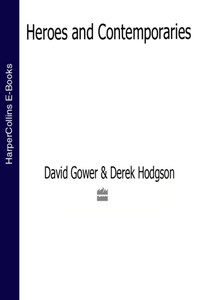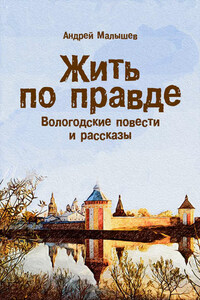Fourth Estate
An imprint of HarperCollinsPublishers Ltd.
1 London Bridge Street
London SE1 9GF
www.harpercollins.co.uk
Extracts from The Art of Cricket (Hodder and Stoughton 1958) are the copyright of Sir Donald Bradman and are reproduced by permission of his publisher.
First published in 1986
Copyright © David Gower Promotions Ltd 1986
All rights reserved under International and Pan-American Copyright Conventions. By payment of the required fees, you have been granted the nonexclusive, nontransferable right to access and read the text of this ebook on-screen. No part of this text may be reproduced, transmitted, downloaded, decompiled, reverse-engineered, or stored in or introduced into any information storage and retrieval system, in any form or by any means, whether electronic or mechanical, now known or hereafter invented, without the express written permission of HarperCollins ebooks
HarperCollinsPublishers has made every reasonable effort to ensure that any picture content and written content in this ebook has been included or removed in accordance with the contractual and technological constraints in operation at the time of publication
Source ISBN: 9780002170437
Ebook Edition © DECEMBER 2016 ISBN: 9780008240400
Version: 2017-01-13
Preface
by David Gower
The origins of this book lie in its predecessor, Heroes and Contemporaries, published by my good friends at Collins in 1983. It was then felt that these present memoirs and observations would represent an interim collection of writings before I embark upon the story of my complete cricketing career.
There is such intense interest in the lives and performances of public figures that one would need to be a recluse of hermit-like proclivity to avoid revealing personal details, opinions and beliefs. The trick is to try to satisfy that interest without leaving oneself entirely naked and I have not, as far as I know, committed myself in this book on race, religion, sex, politics or on the cricket correspondents of popular newspapers. A Right Ambition starts where every book on cricket should begin, with a small boy’s wish to wield a bat. It ends, like all good fairy stories, with that small boy having grown up to join an England team which won back the Ashes from Australia and with his joy and delight at having been able to play the game in so many wonderful places and to have made so many lasting friends.
The first part of the book deals much with technique, my own practice and methods being compared with those of a selection of past masters. The book I grew up with was Sir Donald Bradman’s The Art of Cricket (Hodder and Stoughton, 1958). Derek Hodgson then extended the Bibliography by including W. G., the Cricketing Reminiscences of W. G. Grace (republished by the Hambledon Press in 1980), Ranjitsinjhi’s FubileeBook of Cricket (Blackwood, 1897) and Geoff Boycott on Batting (Stanley Paul, 1980). If W. G. and Ranji seem impossibly distant figures to younger readers then they should be reminded that most cricket historians regard both as the originals; they defined the art of batting, laid down the rules and were as influential in their chosen field as Mozart or Chuck Berry. All batsmen since, even Viv Richards and Ian Botham, brilliant extrapolators both, owe much to the Old Man and to the Prince.
Bradman cannot be left out of any reference to batting, representing as he does the ultimate extension in technique. Of all contemporary players Boycott is outstanding in his length of occupation of the crease, scoring heavily on all pitches and in all parts of the world – he is the painstaking guardian of technical proficiency, the unblinking custodian of the nets, the supreme professional.
Cricket has changed at a faster rate in the past 25 years than at any time in its history. I like to think of myself as very much a modern player, one who entered the game when one-day matches were already established and popular. I have written before that I cannot see any real objection to tastefully-coloured players’ uniforms, or even the use of numbers, if they help the public to identify with and enjoy the game. After all, our famous ancestors were known to play in coloured sashes and polka dots! But there are influences and practices creeping into the game that do little for its prestige or dignity and I hope that A Right Ambition will also serve as one opinion on these matters. There is very little wrong with first-class cricket today nor, I suspect, has there been much wrong with it in the past but that is because it has always been jealously guarded, certainly in England, where cricket-lovers have kept a wary eye on potential manipulators.









